A collector's guide to one of the world's first international interior design firms
Demystifying Maison Jansen
-
20th Century Swans from Maison Jansen
Photo © Antichitarte Lda
-
French Gilt Globe Floor Lamp from Maison Jansen
Photo © Antwerp Studio
-
Pharaoh Table Lamps from Maison Jansen, 1970s
Photo © Antichitarte Lda
-
Glass Coffee Table in the style of Maison Jansen, 1960s
Photo © De Vreugde Design B.V.
-
Brass Table Lamp in the style of Maison Jansen, France, 1970s
Photo © De Vreugde Design B.V.
-
Cream Lacquer Brass Mirrored Chest of Drawers from Maison Jansen, 1970s
Photo © Maison Cedric (Treasure Hunter)
-
Vintage Curule Stool in Metal, Bronze and Leather from Maison Jansen, 1950
Photo © Nima Torbati
-
French Coffee Table in Brass and Marble from Maison Jansen, 1960
Photo © Le Voyageur Antiquités Brocante
-
20th Century Mood Lamp from Maison Jansen, 1970s
Photo © Antichitarte Lda
-
Chest of Drawers with Arched Legs by Klein for Maison Jansen
Photo © Antichitarte Lda
-
Coffee Table in Marble Brass in the style of Maison Jansen, 1950s
Photo © Di Mano in Mano
-
Gilt Chandelier from Maison Jansen, 1950s
Photo © Le Voyageur Antiquités Brocante
-
Coffee Table from Maison Jansen, 1970
Photo © Le Voyageur Antiquités Brocante
-
Palm Tree Table Lamp attributed to Christian Techoueyres for Maison Jansen, 1970s
Photo © Cencity
More than any other design firm active between the 19th and 20th centuries, Paris-based Maison Jansen—or simply Jansen—was the creator of the period’s most dazzling backdrops. Founded in 1880, at the height of Beaux-Arts fashion, Jansen began to garner attention at first by word of mouth among the upper class in France’s Third Republic. By the turn of the 20th century, Jansen’s reputation was international, and the firm counted the monarchs of England, Belgium, Holland, and Spain among its clientele. From 1905 through the 1980s, Jansen dispatched its luxury services through a cluster of energetic satellite offices spanning North and South America, Europe, and Africa. And while the company finally closed the doors of its 9 rue Royale headquarters in 1989, Jansen’s evolving, iconic style— a mix of 18th-century Bourbon finery, Hollywood theatrics, and English countryhouse refinement—remains today the subject of much emulation and desire.
In the 21st century, a mystique has grown around vintage Jansen designs that began with a series of celebrity auctions in the 1990s. The firm is now deeply associated with the mythology of love, power, and tragedy that surround its patrons: the Duke and Duchess of Windsor, the Honorable Pamela Harriman, and Jacqueline Kennedy Onassis, to name a few. Surviving interiors designed by Jansen for monarchs, dictators, and social doyennes are now the focus of preservation projects and research, while the furniture and objets d’art are sought after and prized by contemporary designers, collectors, and decorative arts scholars alike.
Befitting its rich heritage, the name “Jansen” has multiple connotations. First, it identifies a century-long, global offering of decorating services that focused on both historical revivals and contemporary trends, largely under the masterful direction of successive tastemaker-presidents Stéphane Boudin (1888-1967) and Pierre Delbée (1900-1974). Next, the name references a five-story Paris atelier (that by the 1930s employed up to 700 uniquely trained artisans) and satellite workshops in Buenos Aries and elsewhere, as well as their products—everything from beautifully distressed paneled rooms to thousands of unique furniture forms, lighting fixtures, and other accoutrements. “Jansen” also identifies a procurer of some of the finest European antiques of the 18th century, examples of which are now included in leading museums, such as the Metropolitan Museum of Art in New York. Lastly, “Jansen” is an umbrella under which some of the greatest designers of the 20th century partnered with the previously noted Boudin and Delbée, among them: Carlos Ortiz-Cabrera, Francis Chaillou, Harold Eberhard, Oliver Ford, Arthur Kouwenhoven, Claude Mandron, Serge Robin, and Henri Samuel.
Thanks to the firm’s longevity, as well as its internationalism, characterization of its furniture is also multi-faceted. Jansen produced furniture in imitation of 18th-century Bourbon Court masterpieces, as well as other historically derived styles. At the same time, Jansen designers created furniture to please even the most contemporary tastes, referencing, among other styles, the Aesthetic Movement, Art Nouveau, Art Moderne, and Postwar Modern.
Today’s in-the-know collectors recognize three general categories of Jansen furniture, defined by ranges of quality and uniqueness. The finest consists of one-of-a-kind commissions, made for clients like the Shah and Shabanou of Iran, oil magnate Charles Wrightsman and his connoisseur wife, Jayne, or the Windsors. Definitively representing this level is the pair of polychrome painted commodes made in 1938 for the Duchess of Windsor’s Cap d’Antibes dressing room and auctioned at Christie’s New York in October 2008. Delicately painted works like these have no true rival; each example stands as a unique visual tribute to a client, and these are most rare.
The second level of Jansen furniture consists of designs originated by the firm and produced in limited numbers. These include an iconic miniature telephone table on wheels that allowed a call to be directed before being answered and an eccentrically luxurious interpretation of the Liberty & Company Thebes Stool of the 1880s; beautifully engineered and often including exotic finishes, such as a shagreen or brightly colored lacquer, these pieces were made-to-order for clients upon request. Also included in this level are models of Louis XV- and XVI-style chairs, fully upholstered sofas, and other furniture (such as the Boudin-devised and defiantly delicate bronze two- and three-tier side tables), made “unique” through the choice of upholstery and/or finish.
The third level is a standard line of seating and case furniture that initially began as filler for lesser rooms of large residential commissions. Subsequently, this type of furniture came to be identified with Jansen’s hotel commissions of the post-World War II era, and some forms were incorporated in a very short-lived, consumer-accessible furniture line of the 1970s, known as “Jansen Collections.” These beautifully made pieces—bureau-plats, secrétaire abattants, commodes—were made in multiples and included man-made materials for veneers, drawer assemblies, and so on.
To complicate matters a bit further, Jansen furniture and objets d’art are not consistently marked; thus reliable sourcing is paramount. This has much to do with the fact that the exclusive firm deflected credit for a commission to the client, demurely refraining from self-promotion. Therefore, where pieces have been branded, various labels may have been used, such as “JANSEN,” or “JANSEN/Paris” (also sometimes presented as “JANSEN/PARIS”), or “JANSEN/rue Royale.” Meanwhile, verified bronze tables and lamps reveal markings as follows: “JANSEN/9 RUE ROYALE” and “JANSEN.” And furniture made in the Buenos Aires workshops sometimes bares stencils reading “JANSEN/INDUSTRIA ARGENTINA.” With this noted, it is important to recognize that the firm’s actual brands are still not completely accounted for. However, for those willing to do a little extra digging, the treasure is—as any lucky owner of a verified Jansen piece will tell you—certainly worth the hunt.
* Special thanks to James Archer Abbott and to Acanthus Press for providing images. For more insight into Jansen's extensive body of work, check out the book Jansen.
-
Text by
-
James Archer Abbott
James Archer Abbott is the author of many publications, including Designing Camelot: The Kennedy White House Restoration and JANSEN. He currently serves as director of John Hopkins University's Evergreen Museum & Library.
-
More to Love
Dininig Table from Maison Jansen, 1970s
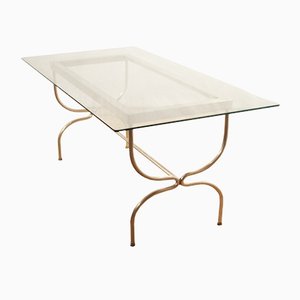
Glass & Brass Coffee Table from Maison Jansen, 1970s

French Modular Brass Bar Corners from Maison Jansen, 1980s, Set of 2
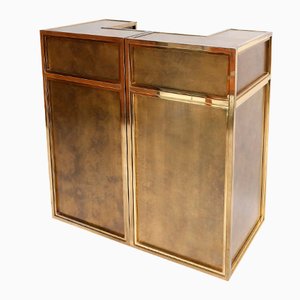
French Sliding Table from Maison Jansen, 1970s
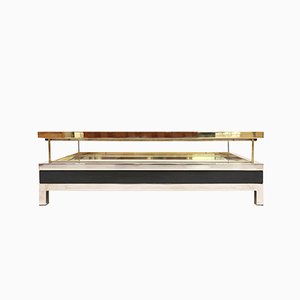
French Brass Coffee Table by Guy Lefebvre for Maison Jansen, 1950s
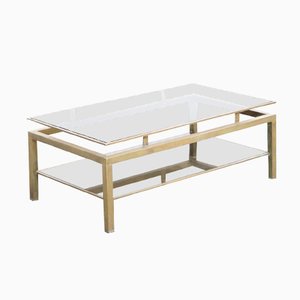
Chromed Steel Coffee Table by Maison Jansen, 1970s
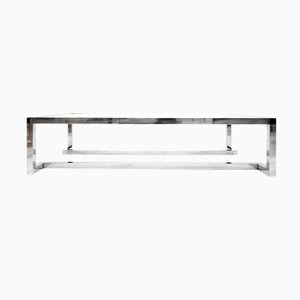
Brushed Steel Desk by Guy Lefèvre for Maison Jansen, 1970s

Brass & Smoked Glass Coffee Table by Guy Lefevre for Maison Jansen, 1970s
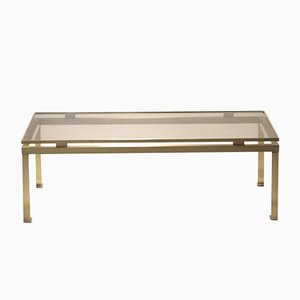
Coffee Table from Maison Jansen, 1950s
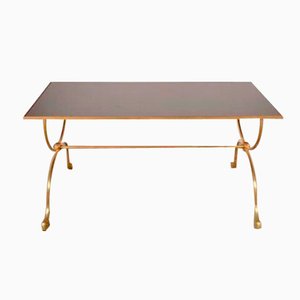
Vintage Side Tables from Maison Jansen, 1960s, Set of 2
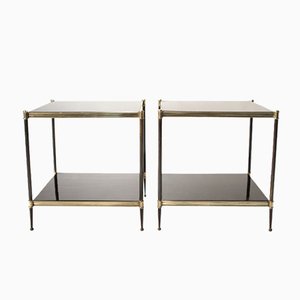
Lounge Table Set by Guy Lefèvre for Maison Jansen, 1970s
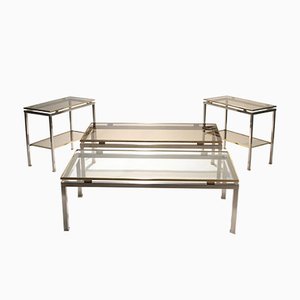
Coffee Table by Guy Lefèvre for Maison Jansen, 1970s
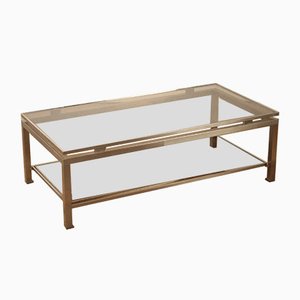
Purple and Brass Credenza from Maison Jansen, 1970s
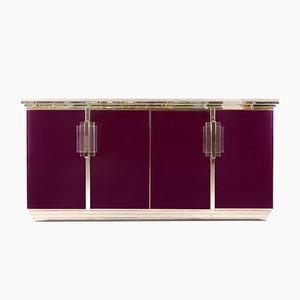
Brass & Acrylic Glass Coffee Table with Sliding Top from Maison Jansen, 1970s

Brass & Glass Dining Table from Maison Jansen
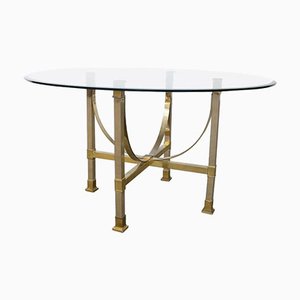
Large Vintage Palm Tree Floor Lamp from Maison Jansen

Pharaoh Lamp by Maison Jansen for Deknudt, 1970s

French Floor Lamp from Maison Jansen, 1970s

Brass & Chrome Chairs by Alain Delon for Maison Jansen, 1970s, Set of 8

Side Tables by Maison Jansen, 1950s, Set of 2

Vintage Brass & Acrylic Glass Console Table from Maison Jansen, 1970s
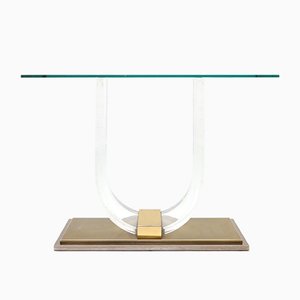
Coffee Table by Maison Jansen, 1970s
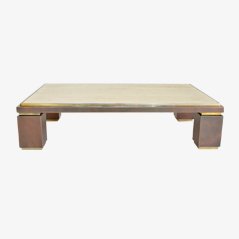
Vintage Mirror by Maison Jansen, 1978

Brass & Chrome Mirror from Maison Jansen, 1970s
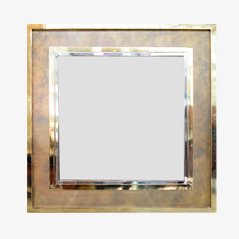
Coffee Table from Maison Jansen, 1970s
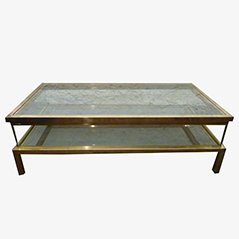
Brass Palm Floor Lamp by Maison Jansen, 1970s
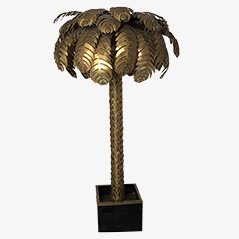
Brass Sideboard by Maison Jansen, 1970s

Coffee Table by Alain Delon for Maison Jansen, 1970s
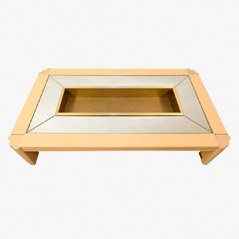
French Chrome Mirror by Maison Jansen, 1970s
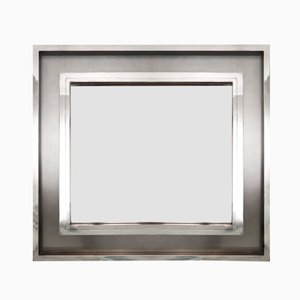
Black Glass Credenza from Maison Jansen, 1970s
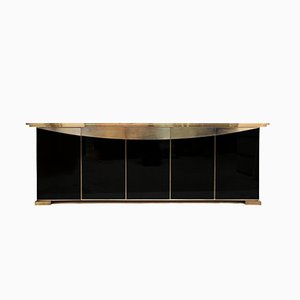
French Dining Table by Maison Jansen
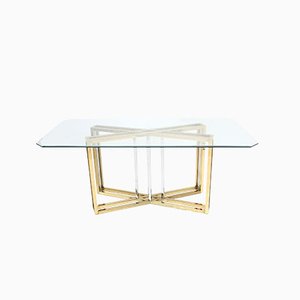
French Acrylic Glass Dining Table from Maison Jansen, 1970s
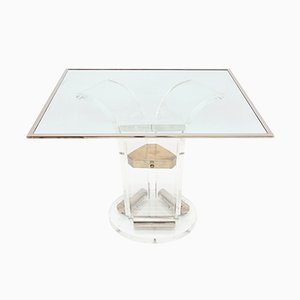
Red Copper Bar Set from Maison Jansen
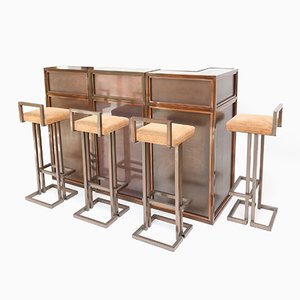
French Brass Bar by Maison Jansen, 1970s
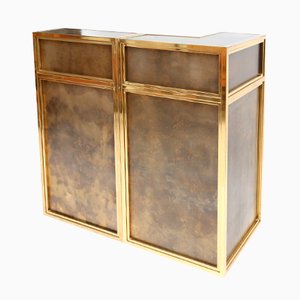
French Chrome Bar Stools by Maison Jansen, 1980s, Set of 2
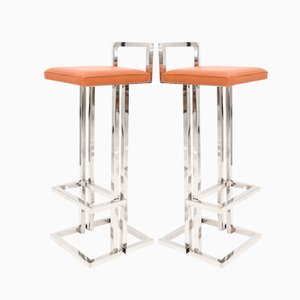
Glass and Brass Coffee Table by Maison Jansen
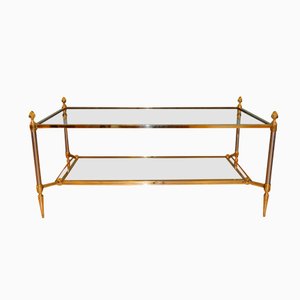
Brass Mirror by Maison Jansen
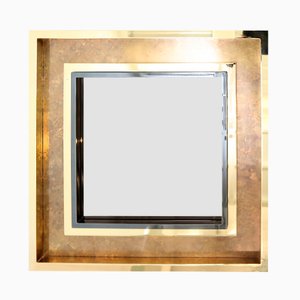
Palm Tree Floor Lamp from Maison Jansen

Brass Bar by Maison Jansen, 1980s

Vintage Chrome and Brass Bar Counter from Maison Jansen

Vintage Bar Stool from Maison Jansen
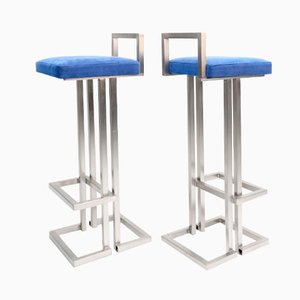















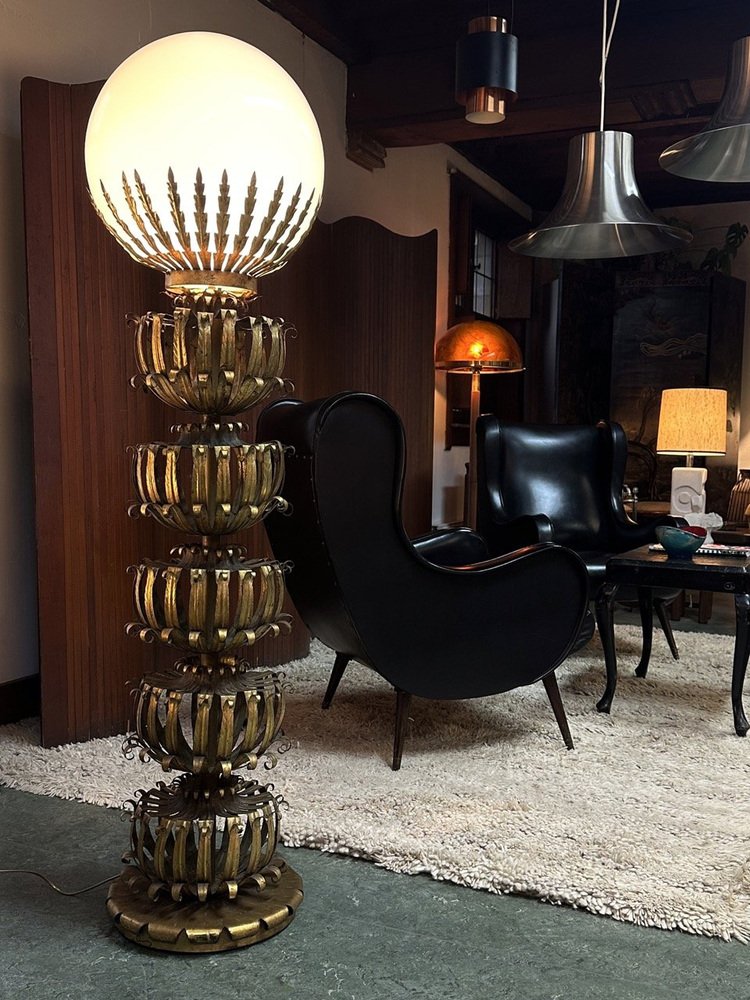 French Gilt Globe Floor Lamp from Maison Jansen
Photo © Antwerp Studio
French Gilt Globe Floor Lamp from Maison Jansen
Photo © Antwerp Studio
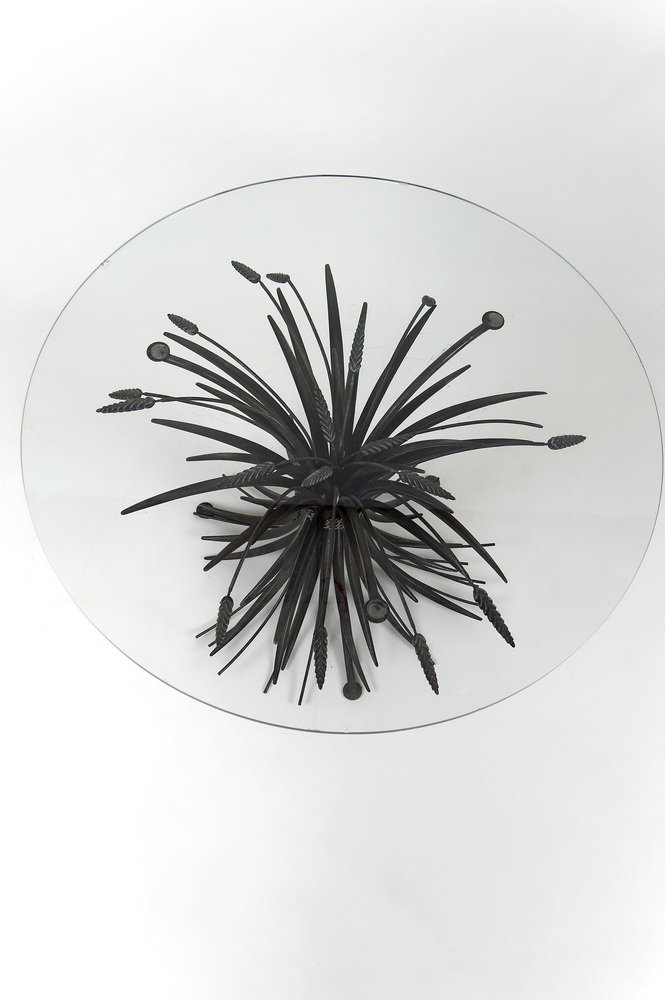 Coffee Table from Maison Jansen, 1970
Photo © Le Voyageur Antiquités Brocante
Coffee Table from Maison Jansen, 1970
Photo © Le Voyageur Antiquités Brocante
